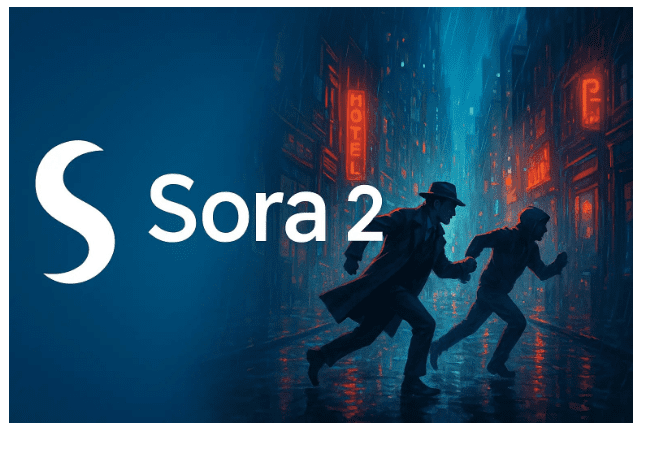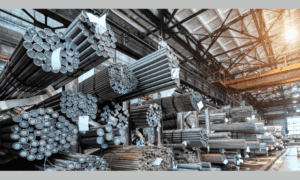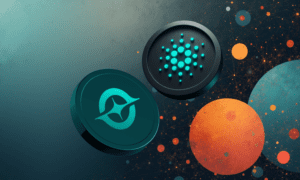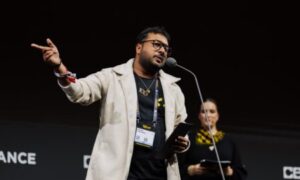In the rapidly evolving landscape of artificial intelligence, few advancements have captured the imagination of creators, technologists, and everyday users quite like OpenAI’s latest innovation: Sora 2. Released just days ago on September 30, 2025, this state-of-the-art video generation model builds upon the groundbreaking foundation of its predecessor, Sora, to deliver unprecedented levels of realism, control, and creativity in AI-generated content. As generative AI continues to reshape industries from entertainment to marketing, Sora 2 emerges as a pivotal tool that’s already generating buzz across social media, tech forums, and professional circles. With its enhanced physical accuracy and audio integration, it’s not just a step forward—it’s a leap into a future where anyone can produce high-quality videos from simple text prompts.
To understand the excitement surrounding Sora 2, it’s essential to revisit the origins of the Sora series. The original Sora model, unveiled by OpenAI in early 2024, was a revelation in text-to-video technology. It allowed users to input descriptive text and generate short video clips that depicted complex scenes with impressive coherence and detail. However, early users noted limitations in areas like physical realism—objects might behave unnaturally, or scenes could lack the fluidity of real-world motion. Sora 2 addresses these shortcomings head-on, introducing a host of improvements that make it feel like a truly next-generation tool. According to OpenAI’s announcements, this new iteration is “more physically accurate, realistic, and more controllable than prior systems,” enabling creators to produce videos that simulate real-world physics with startling precision.
One of the standout features of Sora 2 is its advanced simulation of physical interactions. Imagine generating a video where a ball bounces off a wall with perfect trajectory, or water ripples realistically in a pond disturbed by a falling leaf. These aren’t just visual tricks; Sora 2 incorporates sophisticated physics engines that model gravity, friction, and other forces in ways that previous models could only approximate. This level of detail extends to character movements and environmental dynamics, making the output suitable for professional applications like film pre-visualization or architectural walkthroughs. Additionally, Sora 2 introduces audio generation capabilities, allowing the model to create synchronized soundscapes that match the video content—think ambient noises, dialogue, or even musical scores generated on the fly. For users, this means a more immersive experience, as videos no longer feel silent or disconnected from their auditory elements.
Beyond core enhancements, Sora 2 offers greater controllability, a feature that’s particularly appealing to developers and artists. Through the newly launched Sora 2 API, announced at OpenAI’s DevDay 2025, programmers can integrate the model into their applications with fine-tuned parameters. This includes options for style transfer, where users can specify artistic influences like “in the style of Pixar” or “realistic documentary footage,” and even character consistency across multiple clips. Sora 2 Pro, a premium variant, pushes these boundaries further by supporting longer video durations—up to several minutes—and higher resolutions, catering to enterprise-level needs. Early hands-on reviews highlight how these tools democratize video production, reducing the need for expensive equipment or large teams.
The applications of Sora 2 span a wide array of industries, showcasing its versatility and potential to disrupt traditional workflows. In the entertainment sector, filmmakers are already experimenting with Sora 2 for storyboarding and concept art, generating quick prototypes of scenes that would otherwise take hours or days to sketch manually. Marketing professionals can create personalized ad campaigns tailored to specific audiences, such as dynamic product demos that adapt based on user data. Education benefits too—teachers can produce illustrative videos explaining complex scientific concepts, like the inner workings of a cell or the orbit of planets, making abstract ideas tangible and engaging for students.
In the realm of social media and content creation, Sora 2 is poised to explode in popularity. Influencers and YouTubers can generate custom backgrounds, effects, or even entire short-form videos from prompts like “a futuristic cityscape at dusk with flying cars.” This lowers the barrier to entry for aspiring creators, fostering a new wave of user-generated content that’s both innovative and accessible. Moreover, in fields like healthcare and simulation training, Sora 2’s realistic physics could be used to create virtual scenarios for medical procedures or emergency response drills, enhancing preparedness without real-world risks.
However, Sora 2’s launch hasn’t been without controversy, highlighting the ethical challenges inherent in advanced AI. One major point of contention is copyright and intellectual property. OpenAI has stated that copyright holders must opt out if they don’t want their characters or likenesses used in generated videos, a policy that has drawn criticism from organizations like the Motion Picture Association. Critics argue this places an undue burden on creators to monitor and protect their work, potentially leading to unauthorized reproductions of famous characters or styles. Additionally, early impressions note that while Sora 2 excels in many areas, it still struggles with certain edge cases, such as consistent hand movements or avoiding artifacts in fast-paced scenes. OpenAI has responded by promising updates for more granular controls, but these issues underscore the need for responsible AI development.
Despite these hurdles, the overall reception has been overwhelmingly positive, with tech enthusiasts praising Sora 2’s potential to “change AI video forever.” As the model rolls out more widely, it’s clear that Sora 2 isn’t just a tool—it’s a catalyst for innovation. For those eager to dive in and explore its capabilities, platforms are emerging to make it accessible. You can experience Sora 2 on dedicated sites like [Sora 2](https://sora-2.co), where users can experiment with prompts and generate their own videos in a user-friendly environment.
Looking ahead, Sora 2 represents a milestone in the broader AI ecosystem, pushing the boundaries of what’s possible with generative technology. As integration with other tools like ChatGPT and DALL-E deepens, we can expect hybrid creations that blend text, images, and video seamlessly. This could revolutionize fields from e-commerce, where virtual try-ons become commonplace, to journalism, enabling rapid visualization of news events. Yet, as with any powerful technology, balancing innovation with ethical considerations will be key to its sustainable growth.
In conclusion, OpenAI’s Sora 2 is more than an upgrade; it’s a harbinger of a new era in digital creation. With its blend of realism, controllability, and accessibility, it’s set to empower a global community of creators. Whether you’re a hobbyist tinkering with fun prompts or a professional streamlining your workflow, Sora 2 invites us all to reimagine the possibilities of video generation. As adoption grows, keep an eye on this space— the future of AI-driven media is unfolding before our eyes.
Read More From Techbullion



































